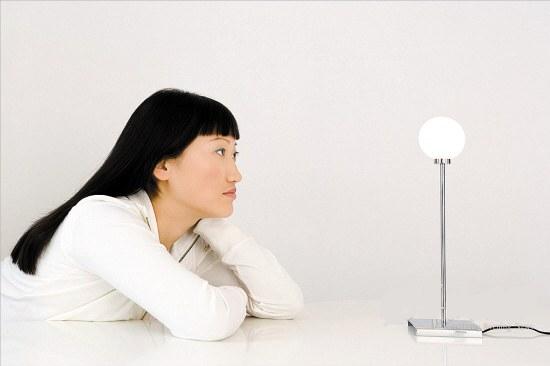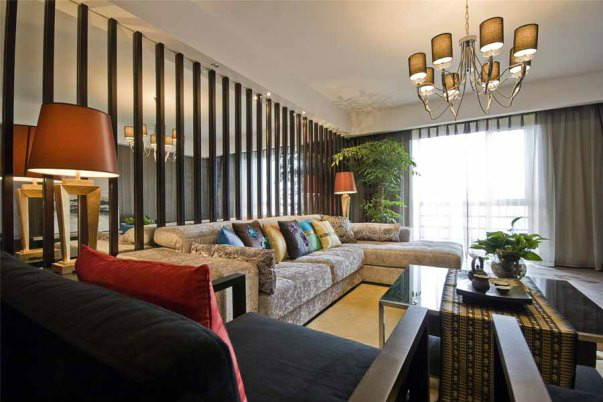Compared with an incandescent lamp or energy-saving lamp, what are the advantages of an LED light bulb? It is estimated that many consumers will say energy saving and durable. But what is the energy saving effect? How durable are LED lights? This question may not be answered by every consumer. As the demand for LED lights continues to grow, and the manufacturing costs continue to decrease, the price of LED lights is also falling year by year. How should consumers choose LED lights? What are the misunderstandings in this?
Changes in LED Light Cost-Down to $0.50
With the continuous improvement of living standards and increasing attention to topics such as energy and environment, consumers have increasingly higher demands for energy conservation, environmental protection, and healthy and comfortable life.
In terms of lighting, choosing more green, energy-saving, and healthy lighting products has gradually become the mainstream of society. And because of its outstanding performance in energy saving, environmental protection, use efficiency and longevity, LED’s widespread use has become an inevitable trend.
However, the higher price will undoubtedly become a barrier to the popularization of LED bulbs. However, the production capacity of LED bulbs continues to increase, demand continues to expand, and manufacturing costs continue to decline. Industry experts predict that by 2025, the cost of manufacturing LED bulbs will drop to about US$0.5.
According to the world’s most famous LED chip manufacturer NXP Semiconductors (Shanghai) Co., Ltd., because LED bulbs are composed of chips, LED components, heat sinks and lampshades, the manufacturing cost has been high. Among them, the cost of LED components previously accounted for more than 50% of the total. With the improvement of production efficiency, the current cost ratio of the three major LED components has dropped to 1:1:1. Experts estimate that by 2025, the cost of LED products will go down to 1/5 of that in 2021. By then, the cost of each LED bulb will be reduced to $0.50.
Energy-saving LED Attracts Attention
According to the reporter’s visit to the market, the current price of LED bulbs from first-line brands such as Philips is about $14.00, while the price of third-line products can be as low as $5.00. However, the price of LED bulbs is still high compared with the energy-saving lamps of first-line brands that sell for more than ten dollars. In the interview, some consumers said that they have long wanted to replace LED bulbs for the whole family. If the price can go down to the current price level of energy-saving lamps, there will be no worries.
In addition to energy saving and environmental protection, LED lights also have many “special functions”. Engineers can adjust the color and brightness of the LED according to requirements. For example, you can change the light in the bedroom to be light yellow, apple green, and pink according to your mood. This is undoubtedly incomparable to the current energy-saving lamps.
In addition, because the LED has a built-in control chip, consumers can even realize wireless remote control of home lighting operations. Turn on the lights in the living room before going home, you only need to send a command. This kind of life experience is not far away. Some people in the industry said that after the popularization of LED lights, a new career of home lighting atmosphere designer may be born.

Common Sense and Misunderstanding of LED Light Purchase
-
Misunderstandings that consumers will encounter when buying LED lights
When buying lamps in some markets, some merchants will tell consumers: “Buy this lamp. This lamp has 3 LEDs, and that one has only one. Buy 3 LEDs for brighter.”, “3 LEDs of course It’s more expensive than one.”
But it is not. Due to the different technologies used in LED chips, the luminous efficiency of a single chip is also very different. At present, there are many different forms of LED chips in the mainstream market, such as high power, medium power, low power, and COB. For example, a single lumen output of a medium-power LED is about 45lm, while a single lumen output of a high-power LED can reach more than 120lm. So it is very possible that the luminous effect of 1 LED is the same as that of 3 LEDs. In terms of cost, the price of high-power chips is higher than that of medium-power chips. Therefore, 3 LEDs are not necessarily more expensive than 1 LED. Mainly determined by the performance of the selected parts.
2. Consumers’ misunderstanding of LED lights
When most ordinary consumers buy lamps, they still use the oldest method of purchasing 40 foot candle and 60 foot candle incandescent lamps. People usually believe that the brighter the lamp, the higher the wattage. Ask a simple question, a 7W LED or an 8W LED, which one do you think is brighter? The answer is: not necessarily.
In fact, engineers often measure the brightness of light by a professional parameter. Usually we call it lumens (lm), and it is the main criterion to measure the brightness of the lamp. The comparison between 7W and 8W LEDs should be based on their lumen output. Because the LED technology is different from the incandescent lamp technology, the incandescent lamp technology has been fully mature and stable after hundreds of years of experience. The LED is constantly evolving and can achieve different effects through different combinations. Therefore, it is also very possible that the lumen output of 7W will be 8W higher. Then, the 7W lamp is actually more energy-efficient than the 8W lamp.
Of course, because most consumers are relatively unfamiliar with these professional terms lm. Then some manufacturers will give a label similar to “40W incandescent lamp replacement product” on the package to help consumers buy. To give a simple example, an ordinary 40W incandescent lamp has an initial luminous efficiency of about 380lm, which will gradually decrease as the service life increases. As a substitute for the incandescent lamp, the standard for measuring whether it can replace the 40W incandescent lamp is whether it reaches 350lm or more. With the introduction of international standards in the future, perhaps the packaging of LED bulbs will be marked with lumens instead of wattage.
3. Are there any shortcomings in LED lights?
Compared with traditional energy-saving lamps and incandescent lamps, LED has many advantages. So do LED lights also have some shortcomings, other than the current high price?
Everyone knows that the light emitted by LEDs does not contain heat. Therefore, there is no excess heat generated for the illuminated objects and indoor environment. But the LED itself is extremely afraid of heat. Every time the working temperature of electronic components rises by 10°C, the service life will reduce by half consequently. Therefore, for LED manufacturers, how to control heat dissipation within a reasonable cost range is also a major difficulty that manufacturers need to overcome.




